Scheduling agreements are similar to quantity contracts in that they are agreements between the customer and your company to order specific quantities of a product. However, while the quantity contracts do not contain the delivery dates for the materials, scheduling agreements do.
A scheduling agreement is fulfilled when the customer places deliveries against it in the agreement period. Thus, scheduling agreements do not have orders placed against them. Instead, if the function is run on the same day as one of the deliveries is due, then it is used to directly create a delivery. After the delivery is created, the quantity in the scheduling agreement is correspondingly reduced.
If the customer cannot supply specific delivery dates for the product, then it is preferable to use quantity contract, and refer orders to this contract when they are created.
To create a scheduling agreement, use the following path: Logistics –> Sales and Distribution –> Sales –> Scheduling Agreement –> Create (Transaction Code: VA31)
A scheduling agreement is a longer-term arrangement with the vendor covering the supply of materials subject to predetermined conditions. The conditions are valid for a predefined period and predefined total purchase quantity.
Scheduling agreements have several advantages:
- Using scheduling agreements enables you to reduce processing times and the amount of paperwork within the enterprise. A delivery schedule issued against a scheduling agreement can replace a large number of standard purchase orders or contract release orders.
Scheduling agreement delivery schedule lines do not constitute an independent document but are part of the scheduling agreement. Procurement via scheduling agreements thus enables to reduce the volume of document used. - Volumes of stock on hand can be reduced to a minimum through the application of the Just-in-Time (JIT) principle, involving the specification of exact delivery time-spots.
- The vendors’ lead times are reduced. It is not necessary to deliver the entire quantity covered by the scheduling agreement at once; instead, a series of smaller quantities can be delivered in accordance with the delivery schedule lines. In this case, the vendors can receive due notification of such required quantities and delivery dates and times well in advance.
Understand more about scheduling agreements in this training manual.



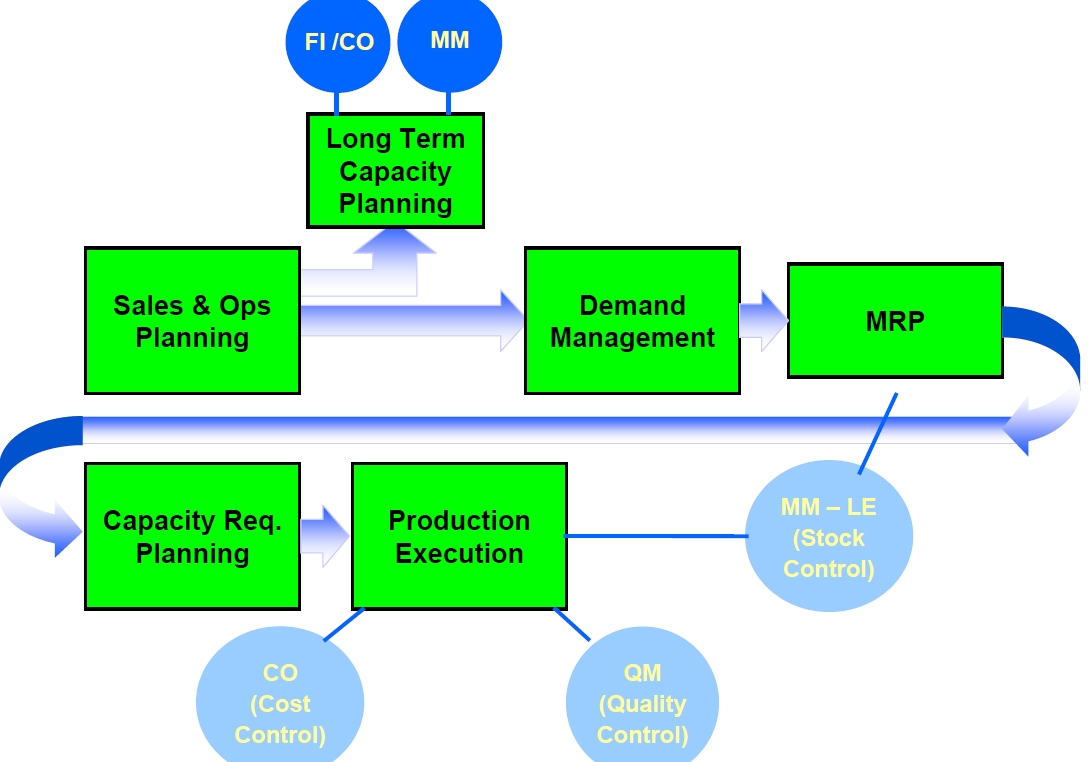

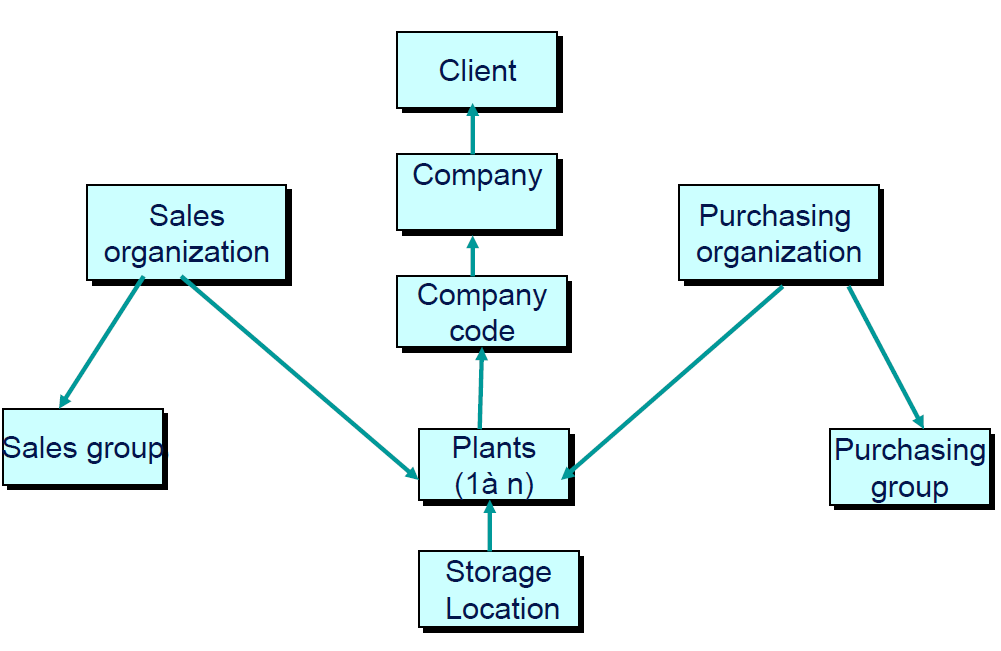
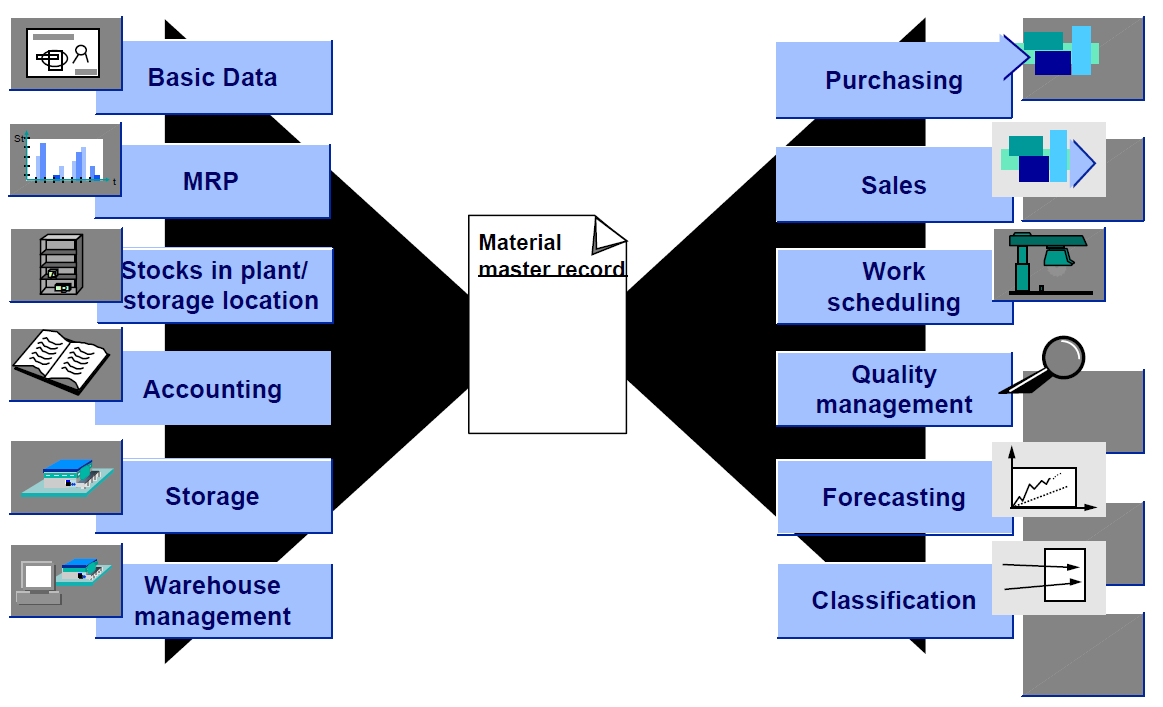
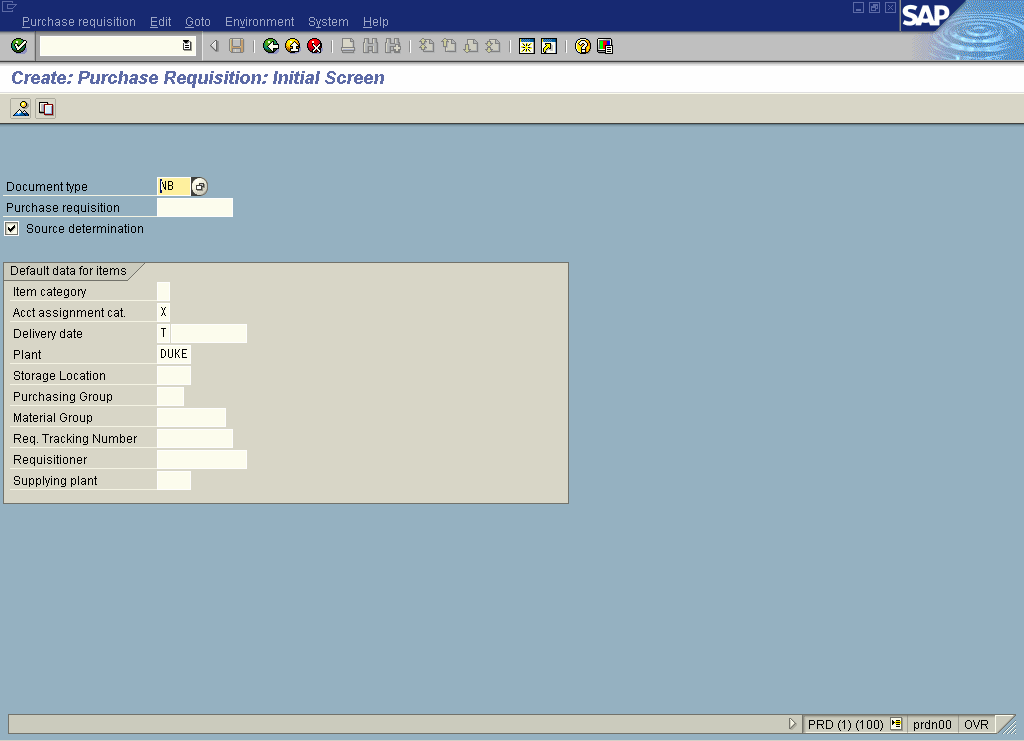
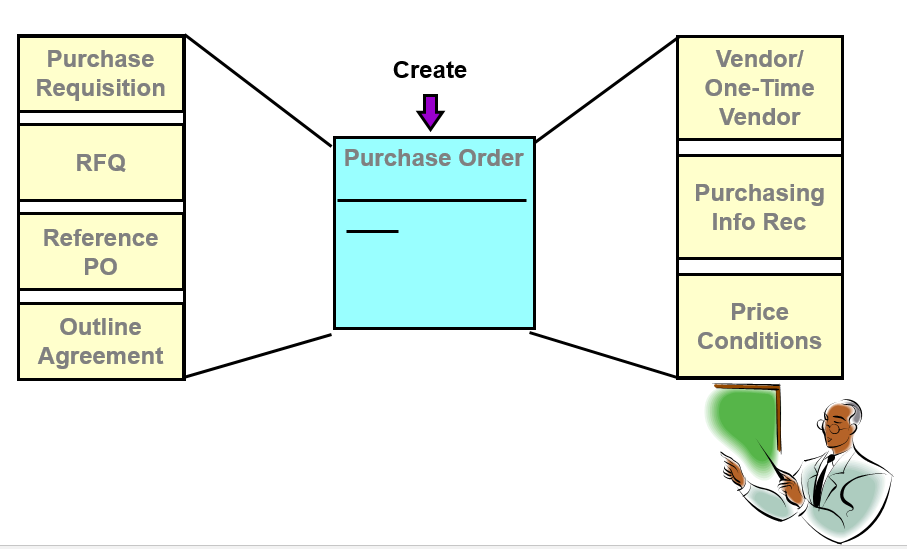
Leave a Reply